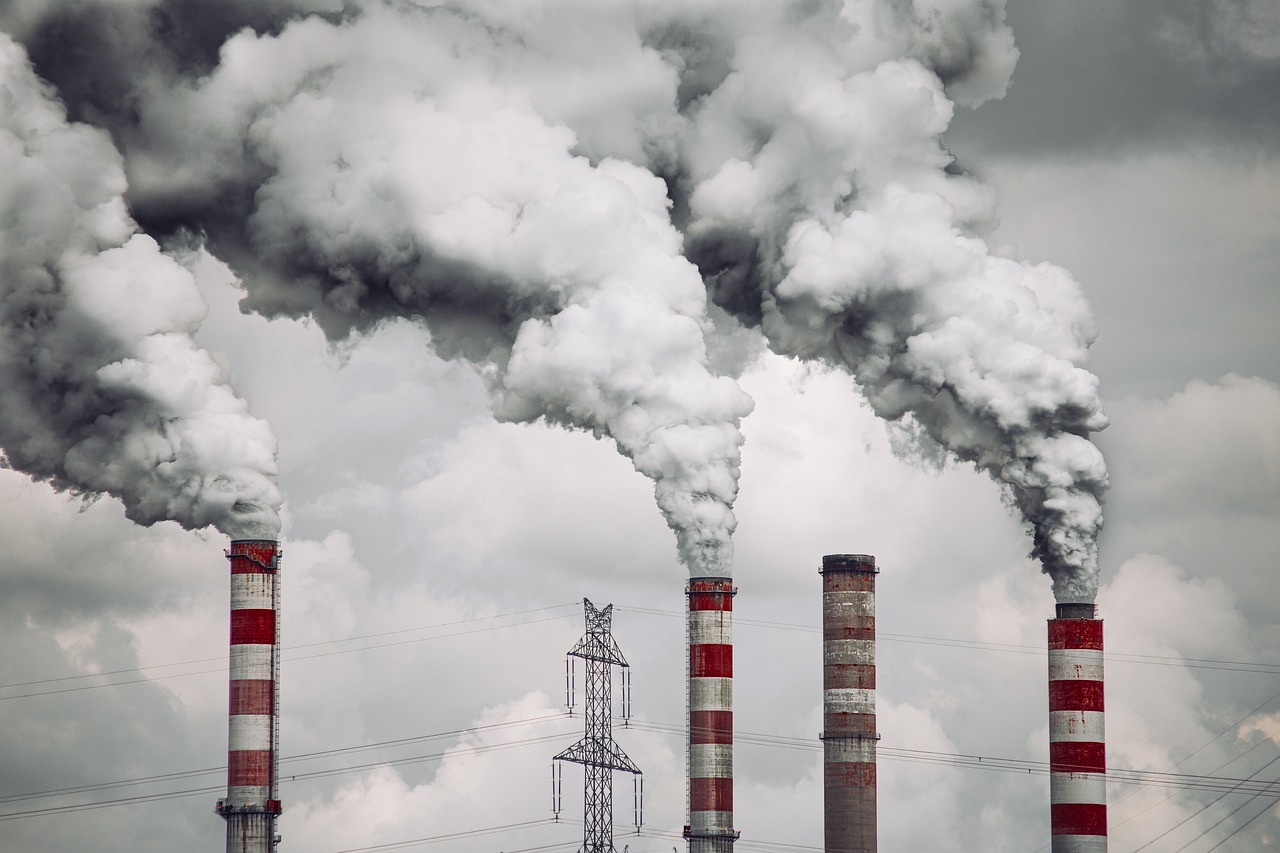Global CO2 emissions from fossil fuels such as coal, oil, and natural gas continue to rise. They are expected to reach an all-time high of 36.8 billion tons in 2023, as experts write in the Global Carbon Budget report. This is 1.1 percent more than in 2022 and 1.4 percent more than in the pre-CoV year 2019.
“The effects of climate change are evident all around us, but action to reduce carbon emissions from fossil fuels remains painfully slow,” said research leader Pierre Friedlingstein of the University of Exeter, according to a statement. More than 120 experts were involved in the report, which has just been published in the journal “Earth System Science Data.”
According to the report, the proportion of the greenhouse gas carbon dioxide (CO2) in the air will average 419.3 ppm (parts per million) in 2023, which is 51 percent higher than in 1750. “It seems inevitable that we will exceed the 1.5-degree target, and the last few years have drastically shown us how serious the consequences of climate change already are,” said Julia Pongratz from Ludwig-Maximilians-Universität München, one of the lead authors of the report. Nevertheless, every tenth of a degree counts in the fight against the climate crisis.
The clock is ticking
The global average temperature should not rise by more than 1.5 degrees Celsius compared to the time before the Industrial Revolution; this is the primary goal of the 2015 Paris Climate Conference. However, the global budget of CO2 that can still be emitted in order to achieve this goal with a probability of 50 percent will be exhausted in seven years at the emission level of 2023, as the experts write in the “Global Carbon Budget” (globalcarbonbudget.org). It will take another 15 years to keep global warming to 1.7 degrees and another 28 years at two degrees, starting in 2024.
Based on a large number of measurements and carefully checked computer models, the team determined that India emitted 8.2 percent more CO2 from fossil fuels this year than in 2022. The world’s most populous country now has higher emissions than the European Union.
China, which is responsible for 31 percent of all global fossil CO2 emissions, emitted four percent more fossil CO2 in 2023 than in the previous year. In contrast, the USA reduced these emissions by 3.0 percent and the EU by as much as 7.4 percent. In the rest of the world, there was a decrease of 0.4 percent, i.e. a positive trend.
Less deforestation
Another focus of the report is land use change, in particular deforestation. According to the report, an estimated 4.1 billion tons of CO2 were released into the atmosphere as a result of land use change in 2023. This is slightly less than the average of 4.7 billion tons for the years 2013 to 2022. In this decade, 1.9 billion tons of CO2 were removed from the air annually through reforestation. However, this was not enough to offset the emissions of 4.2 billion tons per year from permanent deforestation, mainly in Brazil, Indonesia and the Congo.
CO2 capture
For the first time, the report also shows the reduction of atmospheric CO2 through technical measures. However, this currently only accounts for 0.00001 billion tons of CO2—significantly less than one-millionth of current CO2 emissions. Nevertheless, technologies such as Direct Air Carbon Capture and Storage (DACCS) are needed, emphasized Jan Minx from the Mercator Research Institute on Global Commons and Climate Change (MCC) in Berlin. “If we want to clean up the atmosphere at some point, because we don’t want to live with climate damage of 1.5 degrees, then we need these technologies.”
The experts are encouraged by the fact that numerous countries have significantly reduced their CO2 emissions and whose economies have nevertheless grown.
So-called carbon sinks continue to absorb around half of the CO2 released into the air by humans. On land, it is mainly vegetation and soil that remove CO2 from the atmosphere, while in the ocean, it is specific chemical reactions. However, without climate change, the land sink and the ocean sink could absorb significantly more CO2. “These effects will become even more pronounced with increasing climate change,” emphasized Judith Hauck from the Alfred Wegener Institute in Bremerhaven.
- source: orf.at/picture:
This post has already been read 1495 times!



